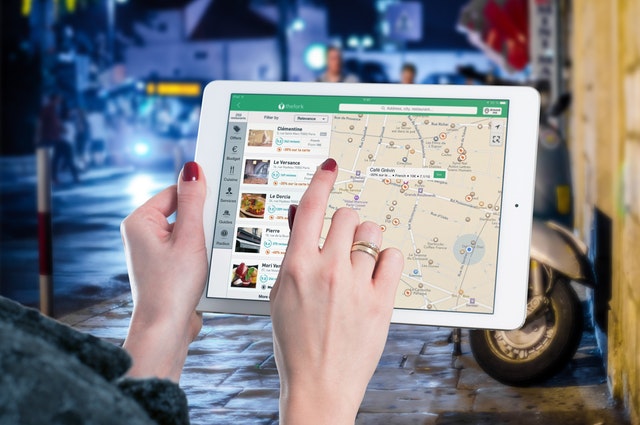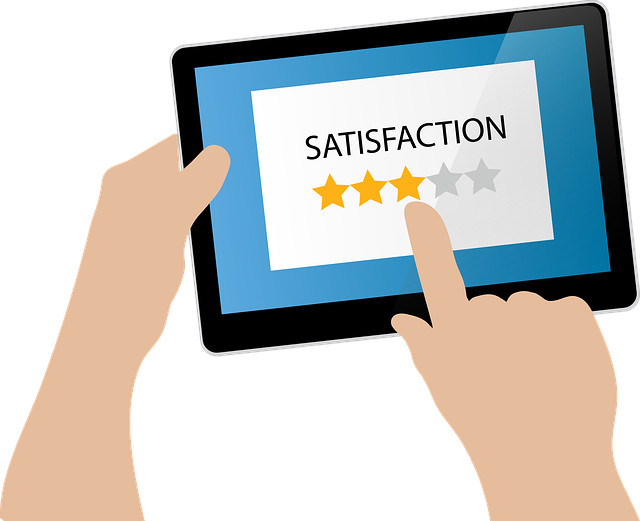Where Do Local Citations Come From?
Local citations seem like no more than online references. But details such as your business’ name, address, and phone number (popularly known as your NAP) are crucial elements in local search engine optimization. From an SEO perspective, a local citation can vastly improve your online visibility and search rankings. It also encourages people to visit your store.
If ever you have wondered about local citations and where they come from, you’re in the right place because we’re teaching you where to get citations for your business.
1. Google My Business
Google is the most widely used search engine to-date. Since it has the largest number of users, it should be the first place you’d want a citation to appear. The best way to optimize for Google is through its own online directory called Google My Business. It can increase your organic rankings and improve your chances of appearing in related services such as Google Maps.
Take note that only businesses with a physical location are able to claim a listing on Google My Business. As long as you meet their standards and qualifications, it’s completely free.
2. Structured Citations
Online directories require listings to follow a specific structure. The required details can vary across platforms, although generally, they will need your business’ name, address, and phone number. Any directory that follows the NAP format has structured citations. Search engines value them because they’re easier to crawl and recommend to users.
Examples of online directories include:
- Apple Maps
- Bing
- Foursquare
- Infogroup
- Localeze
- Yelp
It’s important that you submit structured citations to as many online directories as possible. Just make sure there are no duplicates and that the information you provide to these platforms are both accurate and consistent.
3. Specialized Listings
Online directories typically have a generic approach towards listings. They’ll have citations from businesses in different locations and industries. However, there are businesses that can benefit from specialized listings which are specific to a location or industry, and thus cater to a particular audience.
TripAdvisor.com is the perfect example of an online directory with specialized listings. The platform appeals to travelers who are looking for places to stay, and is limited to hotels, bed and breakfasts, and other establishments in the hospitality sector.
4. Unstructured Citations
Unstructured citations are informal references anywhere outside online directories. Mentions of your business in blog posts, news articles, and social media are considered unstructured citations.
Here are several ways to build unstructured citations:
- Sponsor contests, events, and groups
- Send editorials to local newspapers
- Launch a social media campaign
- Get featured in blogs and local news
Try to be as relevant as possible to your local community to get voluntary mentions. The key is to get the attention of noteworthy people who might be able to introduce you to wider audiences.
5. Business website
Lastly, don’t forget to set up a website. It’s the ultimate representation of your business online. You can use the Home and About Page to showcase your NAP. Again, always ensure that the information you share is consistent throughout the website, so you can avoid confusion.










